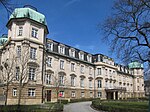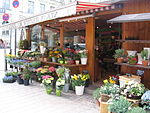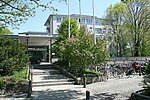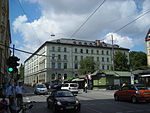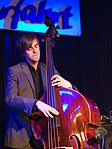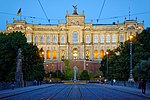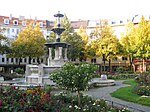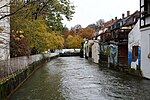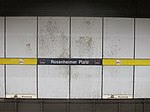New St. John's Church, Munich
Cultural heritage monuments in MunichRoman Catholic churches in Munich
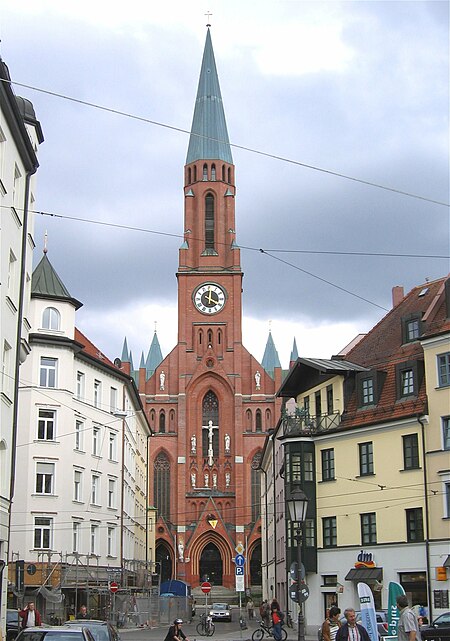
The parish church of St. John the Baptist (German: Pfarrkirche St. Johann or Pfarrkirche St. Johannes der Täufer) is a Roman Catholic church in the Munich district of Haidhausen. It was designed by Matthias Berger on Locust Place in the Gothic Revival style. The west tower is 97 meters high, making it the third highest church in Munich.
Excerpt from the Wikipedia article New St. John's Church, Munich (License: CC BY-SA 3.0, Authors, Images).New St. John's Church, Munich
Kirchenstraße, Munich Haidhausen (Au-Haidhausen)
Geographical coordinates (GPS) Address Phone number External links Nearby Places Show on map
Geographical coordinates (GPS)
| Latitude | Longitude |
|---|---|
| N 48.133888888889 ° | E 11.597777777778 ° |
Address
St. Johann Baptist
Kirchenstraße 37
81675 Munich, Haidhausen (Au-Haidhausen)
Bavaria, Germany
Open on Google Maps


